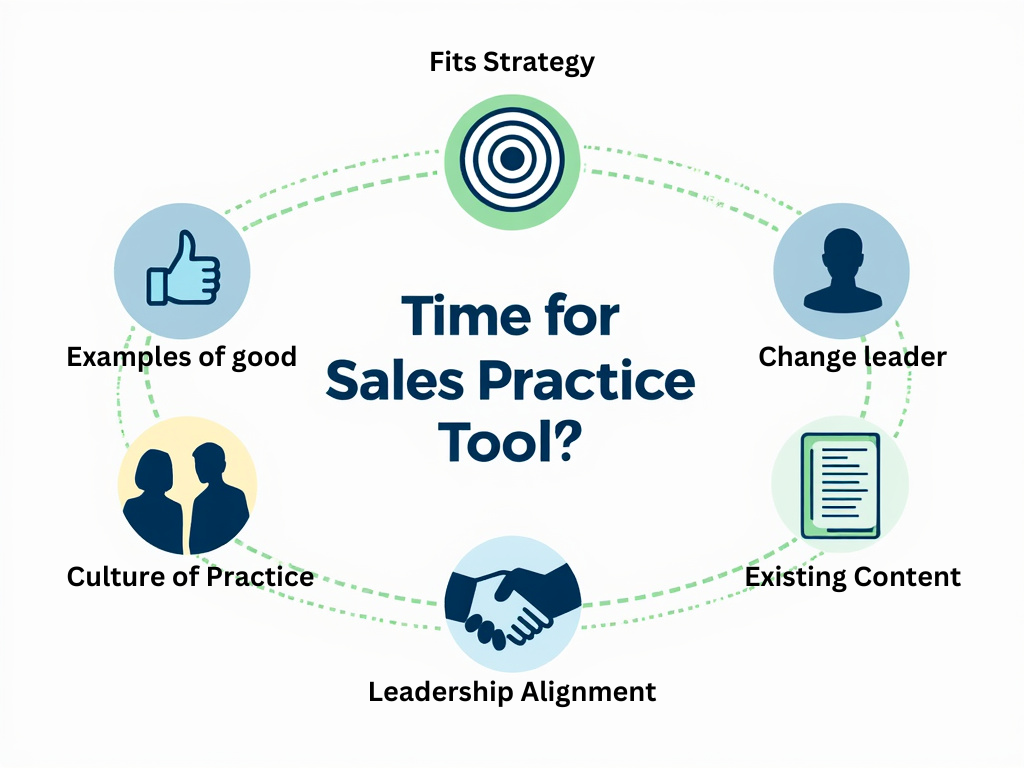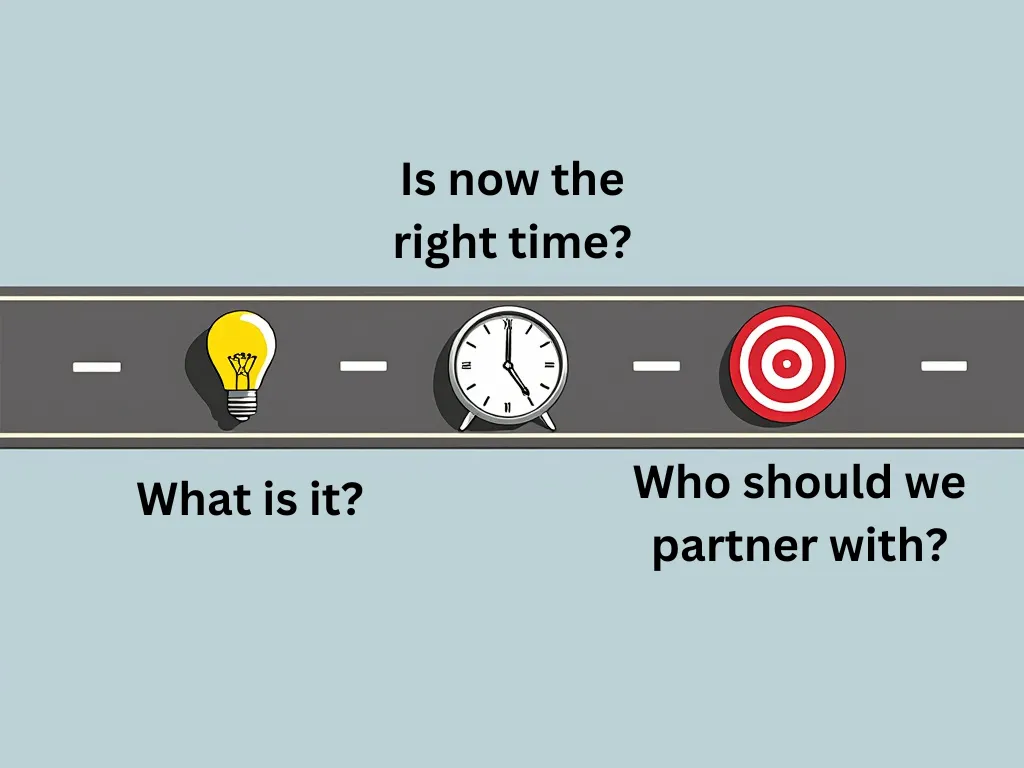· Ivelin Kozarev · Sales Training · 5 min read
When to Invest in an AI Sales Role-Play Platform?
Is it the right time to bring AI-driven sales practice into your team? Here's what you need to know.

In the past year, we have spoken with over 400 sales leaders. For most, it’s their first time buying a sales practice solution.
The most common thing we hear?
How do we know if should go ahead?
It’s a tough call. You want to get it right. After all, every choice counts when budgets are tight.
Sales practice tools with AI are new. They’re not like the old ways of training sales teams.
So, what should you look for? What makes a good AI sales tool? What determines whether you will be successful?
That’s why we made this guide. We’ve seen what works and what doesn’t across hundreds of deals. We’ve watched our clients succeed (and struggle). We are in the trenches, helping teams pick and use these tools.

By giving you these tips, we know we might lose some of you. You might choose another company to partner with.
But we believe this is the right thing to do.
Is now the right time for a sales practice tool?
While we believe all salespeople would benefit from repeated practice, there are certain things we find companies that succeed with sales practice tools have in common.
Do you have someone to lead the charge?
You need a point person to make this work. Often, it’s a sales enabler, ops pro, or hands-on sales manager. They’ll set things up, keep tabs on use, and make sure it fits your sales process.
Can you show what good (and bad) looks like?
If your sales process is still a work in progress, you might not be ready yet. The best results come when you have clear examples of what works and what doesn’t in your sales conversations.
Does it fit your current sales strategy?
Think about your goals. Are you trying to boost cold call success? Get more people prospecting? Up the quality of sales calls? Make sure a practice tool aligns with where you’re headed.
Is practice already part of your culture?
It’s not a must, but it helps. If your team is used to role-playing or drilling skills, they’ll likely take to a new tool faster.
Can you get leadership on board?
Leadership buy-in is key. Without it, even the best tool can flop. Make sure your higher-ups see the value and will back your efforts.
Do you produce a lot of sales learning content already?
If you do, a practice tool can make a big difference. It’s a great way to measure how well your team adopts and remembers your content. Plus, it helps turn that learning into real-world skills.
Is there a change happening in the organisation?

We find that bids for tool like Skylar are much more successful if there are some changes in the org such as:
- Hiring new salespeople - Bringing in new salespeople is a big change. They need to learn fast. A sales practice tool can make this happen. It lets them practice sales in a safe space. They can role-play real calls, learn what to say, and get better step by step. It cuts down the time they need to get good. It means they can make real sales sooner and start helping the team faster. Practice makes the new feel familiar, and that builds confidence.
- Introducing certifications - Certifications are a way to make sure everyone is on the same page. But with a practice tool, they become more meaningful. Why? Because it transforms learning into doing. Instead of just studying, your team can act out real sales situations tied to the certification. It’s like going from reading about swimming to jumping in the pool. They don’t just know—they show they can do. Practicing like this makes the skills stick. It also builds true confidence, so that when they’re certified, they aren’t just knowledgeable—they’re truly ready to perform at their best. Also, the roleplay practice tools can actually be used as part of the certification process itself, giving your team a clear, hands-on way to demonstrate their abilities and meet certification standards.
- Revamping PIP (Performance Improvement Plan) support - A Performance Improvement Plan can feel tough. But with a sales practice tool, it can feel more like a path to grow. The tool lets team members practice in the areas they need most. They can work on their weak spots in a safe space, without pressure. It also tracks progress, so everyone can see how they’re getting better. It changes PIP from a negative into a chance to get better, step by step. It builds skills and helps them feel strong again.
Need more insights or have questions about what fits your team best? Find us at [email protected] or book a demo with us - we’re always here to help.
Ready to Compare Sales Practice Platforms?
If you’ve determined that now is the right time for your organization to invest in an AI sales role-play platform, the next step is evaluating different vendors.
To help you make an informed decision, check out our comprehensive guide: “Buying Criteria for a Sales Role-Play Platform”. This resource breaks down all the essential factors to consider when comparing solutions, organized by stakeholder needs - from sales representatives to security teams.



